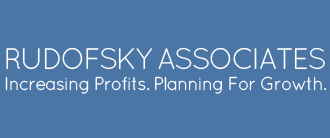Loans to Small Businesses Hit Four-Year Low in 2010
Loans outstanding to small businesses hit a four year low of $652 billion in 2010, down 6.2% from the $695 billion outstanding at the end of 2009, according to a Small Business Administration study published in February, 2011 titled “Small Business Lending in the United States 2009-2010.” For purposes of the study, the SBA defines small business loans as business loans under $1 million.
Of the $43 billion decline in loans outstanding to small businesses, so called “mega-lenders” (i.e., institutions with assets exceeding $50 billion) accounted for an aggregate reduction of $18 billion, or 6.7%, as their collective small business lending dropped from $270 to $252 billion. By way of comparison, lenders with assets in the $100 to $500 million range saw their loans outstanding to small businesses drop by only 3.7% in 2010, from $130 to $125 billion.
A variety of reasons were given for the overall drop in small business lending, ranging from tightened credit standards, weakened lending institutions, and also weaker loan demand from healthy, established institutions concerned about the strength of the economic recovery.
The SBA report states that the recession has not pitted large borrowers vs. small borrowers, and that loans outstanding to large borrowers dropped by an even larger percentage, declining by 8.9% from the end of 2009 to the end of 2010.





